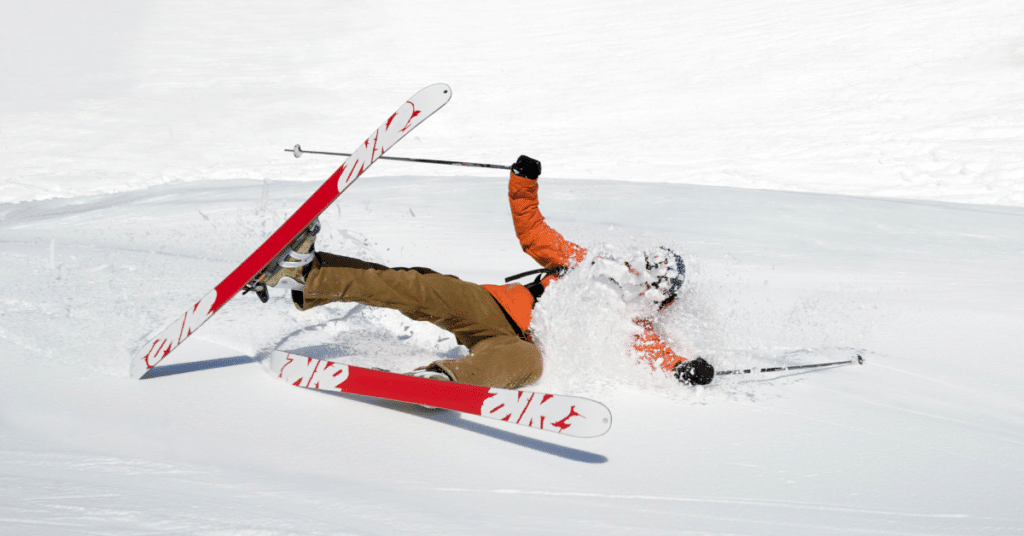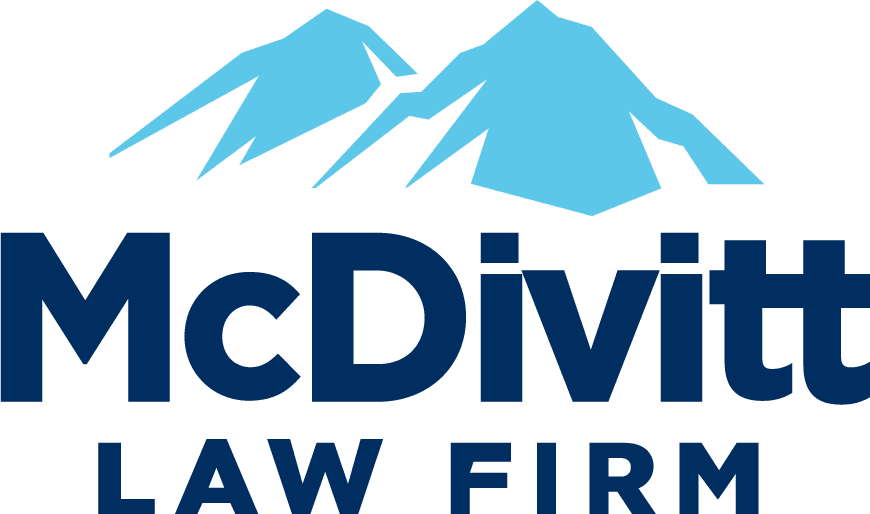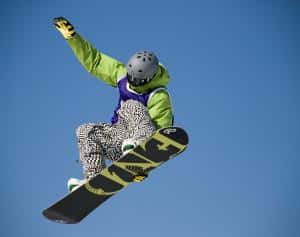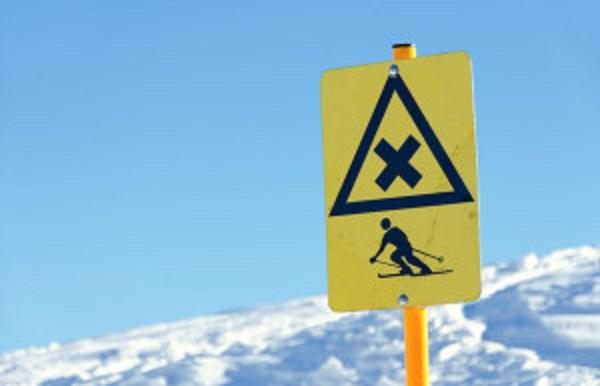The Ski Safety Act
The Colorado Ski Safety Act is the governing legislation for ski area operators, skiers, and snowboarders. It was created to establish reasonable safety standards for skiing and snowboarding. The Act outlines the duties of ski area operators and riders, and allows individuals to bring negligence claims against anyone who breaches those duties.
If you have been in a serious ski accident, the Ski Safety Act can give you grounds to file a personal injury lawsuit against a negligent ski area operator or another athlete whose actions led to your injury. Should you choose to file a claim, the team at McDivitt Law Firm can help you figure out what to do after a ski accident in Colorado and fight to win you compensation for your injuries.

Duties of the Ski Area Operators
The Ski Safety Act requires each ski area operator to maintain a sign system with concise, simple, and pertinent information for the protection and instruction of “passengers” (skier/snowboarders riding lifts, gondolas, etc.). The signs should be prominently placed on each “passenger tramway” (ski lifts, gondolas, etc.).
The Act also requires each ski area operator to maintain a sign and marking system regarding the ski areas that a skier may encounter on the mountain. These signs are to be placed at the beginning of each trail and must contain the appropriate symbol, such as a green circle, blue square, or black diamond, which indicates the relative degree of difficulty of the trail.
Ski area operators are required to clearly mark the boundaries of the ski area so that they can be seen by any skiers in standard visibility conditions. Additionally, any man-made structures on the trails should be marked.
Also, whenever maintenance equipment is being used on the trails, the ski area operator must place a conspicuous notice at the top of the trail to warn athletes of the present danger.
Duties of Skiers & Snowboarders While Using Ski Areas
The Ski Safety Act states that each skier is solely responsible for:
- Knowing the range of their own ability to negotiate a ski slope or trail
- Maintaining control of speed and course at all times
- Remaining aware of other skiers and objects on the trail
Additionally, no skier may ski on a ski slope or trail that has been closed.
By entering and using a ski area, each skier expressly accepts and assumes the risk and all legal responsibility for any injury to person or property resulting from any of the inherent dangers and risks of skiing. The Ski Safety Act does not prevent a skier from suing another skier for any injuries or property damage resulting from their failure to meet a duty of care. Additionally, when two skiers collide, each is required to provide their information to a ski area employee before leaving the vicinity of the collision.
The Act prohibits any skier or snowboarder from boarding a passenger tramway if they do not have sufficient physical dexterity, ability, and knowledge to negotiate or use the facility. Additionally, the Act prohibits passengers from:
- Embarking/disembarking a passenger tramway except at designated areas
- Throwing items from a passenger tramway
- Acting in a manner that could interfere with the operation of the tramway
- Engaging in any conduct that could cause injury to any person
Limitations on Claims
All claims against any ski area operator to recover damages for injury caused by poor maintenance, lack of supervision, or improper operation of a passenger tramway of a ski area must be brought forth within two years after the ski lift accident claim arises.
No skier may make any claim against or recover from any ski area operator for injury resulting from the inherent dangers of skiing.
Inherent Dangers of Skiing/Snowboarding
The “inherent dangers and risks of skiing” is a phrase used in the Colorado Ski Safety Act and refers to dangers or conditions that are part of the sport of skiing. A few examples of the inherent dangers of skiing are as follows:
- Changing weather conditions
- Snow conditions
- Surface or subsurface conditions
- Variations of steepness or terrain
- Collisions with other skiers
- Avalanches
The inherent dangers of skiing do not apply to ski area operator negligence or to any injuries caused by the use or operation of ski lifts. The Ski Safety Act assigns different responsibilities to skiers and operators based on their roles during specific activities. For example, a skier has the responsibility to act safely while using a ski lift, while operators are responsible for ensuring the lift is safe to use.
Ski area operators and skiers open themselves up to a negligence suit for failing to uphold the duties set out in the statute. Per CRS 33-44-104, “A violation of any requirement of this article shall, to the extent such violation causes injury to any person or damage to property, constitute negligence on the part of the person violating such requirement.”
The definition of the inherent risks of skiing was updated in 2016 to include avalanches. This update was made based on a Colorado Supreme Court ruling in the Fleury v. IntraWest Winter Park Operations Corp., 2016 CO 41 (Colo. May 31, 2016). In this case, the surviving spouse of a skier killed by an avalanche sued the Winter Park Resort, claiming that the ski area operators failed to sufficiently warn her husband of a known avalanche risk. The Colorado Supreme Court held that the avalanche was caused by “variations in steepness of terrain,” “snow conditions,” and “changing weather conditions,” all of which are defined as inherent risks of skiing per the Ski Safety Act.
Helpful Tips Before Heading Out to the Mountain
To mitigate any risk to yourself and other athletes on the slopes, always do the following before you start skiing:
- Check your equipment to be sure that everything is in working order and nothing needs to be repaired or fixed.
- Wear adequate clothing and equipment for the conditions (helmet, goggles, sunglasses, etc.).
- Be aware of your surroundings and daily conditions.
- Only ski/snowboard within your experience level.
- Make sure boots and bindings are properly adjusted.
- Familiarize yourself with getting on and off chair lifts at your chosen resort.
What To Do After a Ski Accident in Colorado
If you’ve been injured in a ski accident, you need to:
- Stay calm and evaluate the initial severity of your injury.
- Get the contact and insurance information of any other involved skiers.
- Take pictures of the scene and your injury.
- Contact the ski patrol.
- Get the proper medical attention.
- Call McDivitt Law for help filing a personal injury claim.
Call McDivitt for Help After a Ski Accident
If you’re not sure what to do after a ski accident in Colorado, contact McDivitt Law. Our experienced ski accident attorneys can help determine whether your crash resulted from a violation of the Ski Safety Act, and can fight to win compensation for your injuries.


